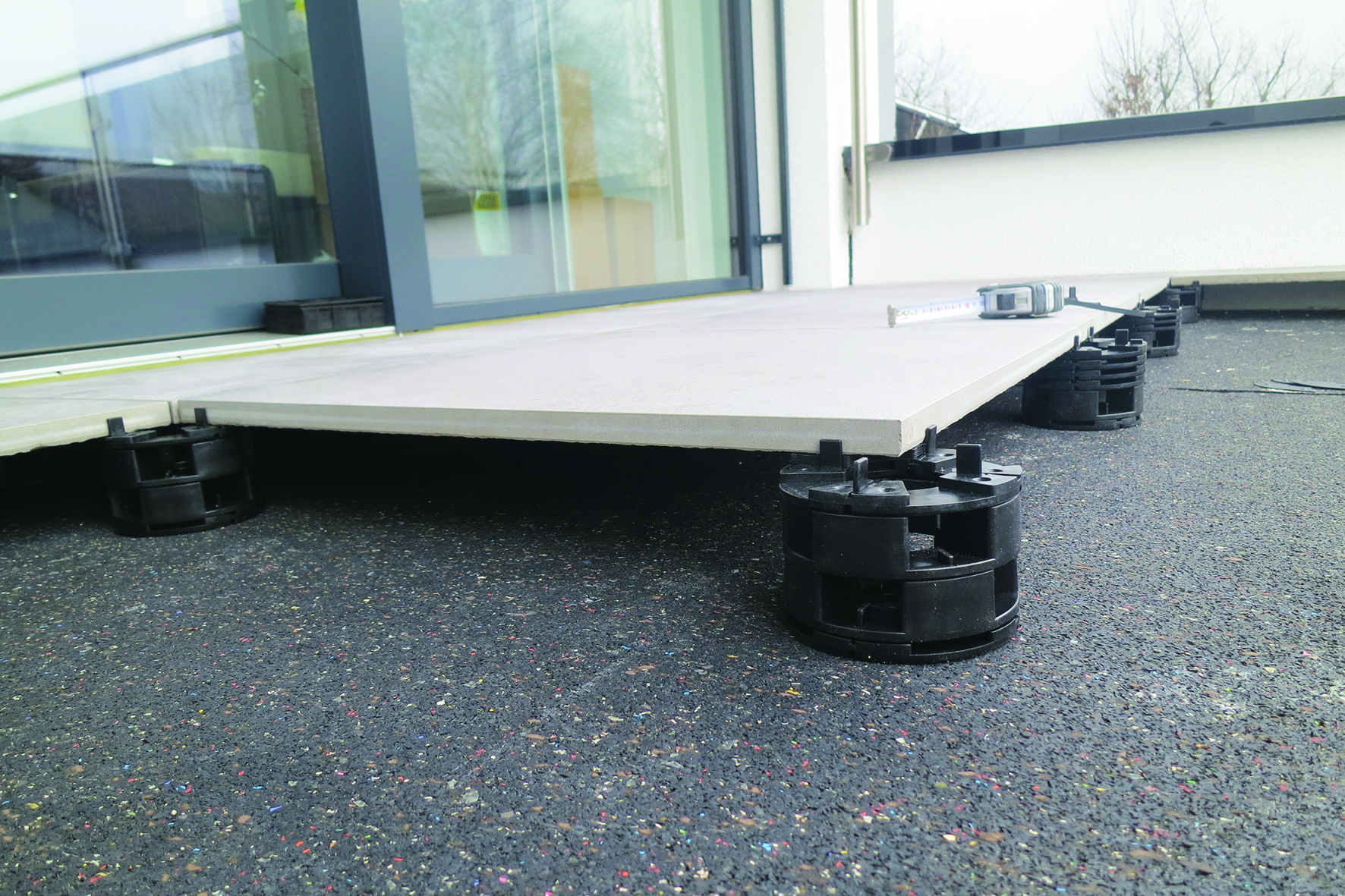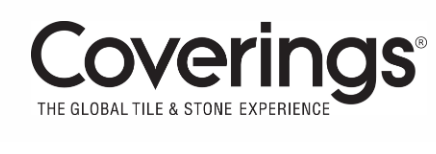Exploring Innovations in Exterior Ceramic Tile Design
 1.25 AIA LU/HSW; 1 IDCEC CEU/HSW; 0.1 ICC CEU; 0.1 IACET CEU*; 1 AIBD P-CE; AAA 1 Structured Learning Hour; This course can be self-reported to the AANB, as per their CE Guidelines; AAPEI 1 Structured Learning Hour; This course can be self-reported to the AIBC, as per their CE Guidelines.; MAA 1 Structured Learning Hour; This course can be self-reported to the NLAA.; This course can be self-reported to the NSAA; NWTAA 1 Structured Learning Hour; OAA 1 Learning Hour; SAA 1 Hour of Core Learning
1.25 AIA LU/HSW; 1 IDCEC CEU/HSW; 0.1 ICC CEU; 0.1 IACET CEU*; 1 AIBD P-CE; AAA 1 Structured Learning Hour; This course can be self-reported to the AANB, as per their CE Guidelines; AAPEI 1 Structured Learning Hour; This course can be self-reported to the AIBC, as per their CE Guidelines.; MAA 1 Structured Learning Hour; This course can be self-reported to the NLAA.; This course can be self-reported to the NSAA; NWTAA 1 Structured Learning Hour; OAA 1 Learning Hour; SAA 1 Hour of Core Learning
Learning Objectives:
- Explain the characteristics that make ceramic tile eco-friendly and provide health and safety for occupants.
- Discuss some of the looks and styles architects can achieve with ceramic tiles in outdoor applications.
- Describe the latest eco-friendly and healthy outdoor applications for gauged porcelain tile pavers (2cm and thicker) and gauged porcelain tiles and tile panels/slabs (as thin as 3.5mm).
- List new codes, standards, and certifications discussed in this article associated with ceramic tile’s contribution to healthy and green building.
This course is part of the Tile Academy
Case Study: Freeze-Thaw Benefits
Outdoor spaces are becoming more popular in the U.S.— even in locations that experience cold extremes, high moisture, and quick temperature changes. Gauged porcelain pavers provide stability on a pedestal system and the system allows moisture—like the kind Oregon often experiences—to run through it. When temperatures drop to freezing, it expands the moisture, which can cause some tile that is not freeze-thaw resistant to pop and break. High temperatures can also be tough on tile installations.
“In certain climates, like in Colorado and Montana, where we have extreme temperature swings within a 24-hour period, the thick porcelain pavers are more resilient to environmental impacts,” says Dan Lambert, who is on the NTCA technical committee and co-owns Lambert Tile and Stone with his wife, Elizabeth.
Lambert says the 2cm porcelain pavers are a strong choice and the pedestal systems have evolved from creating quarter-inch space below the pedestal to 6 inches of air space, which has provided opportunities to tune the system to weather impacts. In an example of a patio installation in Vail, Colorado, a gauged porcelain paver patio features a heating system underneath it to help manage freeze-thaw impacts. The pedestal system itself, by design, also makes room for expansion from weather events.
Lambert says that one of the biggest challenges tile installers face for outdoor projects is that architects continue to specify a 1/8 inch per foot slope on exterior patios to maintain a more level surface for patio furniture and avoid a teeter-totter effect. However, the minimum slope is ¼ inch per foot for water management requirements. With tile pedestal systems, the waterproofing can meet slope requirements and the surface of the tile pedestal system itself can be level. “It’s a huge win-win for the A&D community,” he says.
Like other tile experts, Lambert emphasizes the need for specifiers and other contractors working on a tile project to plan from the beginning. Movement must be factored into the equation, no matter the weather, and for outdoor tile projects where slope and weather become an obstacle to getting a successful and level installation, pedestals are a good option. They can reduce problems in the long-term for the consumer, and also decrease liability issues for tile installers.

Schluter Systems TROBA-LEVEL; photo courtesy of Tile Council of North America
Adjustable paver supports are one technology that supports different formats and thicknesses to achieve the necessary height in outdoor applications.
STANDARDS AND CERTIFICATIONS FOR HEALTH AND SUSTAINABILITY
One major reason architects choose ceramic tile is that it is an eco-friendly and healthy material. It is energy efficient, has a small carbon footprint, and is highly recyclable, among other things. Ceramic tile’s health and sustainability benefits can be understood and leveraged through a variety of certification programs, standards, third-party verification documents, and labels. These trusted sources allow designers and building owners to choose products that have been independently verified to meet rigorous sustainability criteria.
Green Squared Certification
Green Squared Certification, a certification program developed by the Tile Council of North America (TCNA), evaluates the sustainability of ceramic tile products based on a range of rigorous sustainability criteria including raw material sourcing, manufacturing processes, product performance, and end-of-life management. The certification process includes an independent evaluation by a third-party auditor, who assesses the environmental and social impacts of the product throughout its life cycle.
To receive Green Squared Certification, ceramic tile products have to demonstrate energy-efficient manufacturing processes and be produced using renewable energy sources where possible. They must use responsibly sourced raw materials, such as recycled content, and avoid materials that are environmentally or socially harmful. Ceramic tile products must demonstrate water-efficient manufacturing processes and use water responsibly throughout the product's life cycle. They must minimize their environmental impact through measures such as waste reduction, pollution prevention, and responsible transportation. They also have to meet high standards for worker health and safety, labor practices, and community engagement.
Green Squared certification provides a credible, transparent way for designers and building owners to evaluate ceramic tile products and make responsible and informed decisions for their projects.
LEED Certification
Leadership in Energy and Environmental Design (LEED) is one of the more widely recognized sustainability certification programs for buildings. The use of ceramic tile can contribute to several LEED credits and help buildings achieve higher LEED ratings. And, in general, it contributes to a range of real-world benefits, such as reduced energy use and lower environmental impacts. It also supports occupant health, including indoor air quality (IAQ), which might come into play with outdoor tile in indoor-outdoor applications.
LEED credits include:
- Materials and Resources Credit 4: Recycled Content - Ceramic tiles that contain recycled content can contribute to this credit, which rewards the use of materials with recycled content.
- Materials and Resources Credit 5: Regional Materials - Using ceramic tiles that are manufactured regionally can contribute to this credit, which encourages the use of materials that are extracted, processed, and manufactured within a certain distance of the building site.
- Indoor Environmental Quality Credit 4.1: Low-Emitting Materials - Ceramic tiles that meet low-emitting criteria for volatile organic compounds (VOCs) can contribute to this credit, which encourages the use of materials with low VOC emissions.
- Innovation in Design - Using ceramic tiles in innovative ways or for sustainable design strategies can contribute to this credit, which recognizes exceptional performance and innovative solutions that go beyond the requirements of LEED.
Declare Label
The Declare label is a transparency label that provides information about the environmental and health impacts of building products, including ceramic tile. The label discloses information about the ingredients, sourcing, and end-of-life management of the product.
Cradle to Cradle Certification
This certification program evaluates the environmental and social impacts of products throughout their entire life cycle. Ceramic tile products can receive Cradle to Cradle certification based on criteria such as material health, renewable energy use, water stewardship, and social fairness. Additionally, Green Squared certified products are specified by Cradle to Cradle automatically meeting all VOC emissions criteria.
ISO 14001 Certification
This is a widely recognized environmental management system standard that can be applied to manufacturing processes. Architects can work with ceramic tile manufacturers who have obtained ISO 14001 certification, which demonstrates their commitment to environmental management and sustainability.
Living Product Challenge
This is a certification program developed by the International Living Future Institute (ILFI) that evaluates products based on a range of sustainability criteria, including material health, social fairness, and energy use. Ceramic tile products can be certified under the Living Product Challenge if they meet these criteria.
WELL Building Standard
This is a performance-based certification program developed by the International WELL Building Institute (IWBI) that evaluates buildings and spaces based on their impact on human health and well-being. Ceramic tile can contribute to several features of the WELL Building Standard including air quality, thermal comfort, and sound environment.
Environmental Product Declarations
Environmental Product Declarations (EPDs) are third-party verified reports that provide transparent and standardized information for designers and building owners about the environmental impacts of a product throughout its entire life cycle. EPDs provide a way for designers and building owners to compare the environmental performance of different products and make informed decisions about which products to use in their projects.
The EPDs for ceramic tile typically provide information about the environmental impacts of the tile over its life cycle, including its impact on climate change, water consumption, air pollution, and resource depletion. They also often provide information about the raw materials used to manufacture the tile, the manufacturing process, and the end-of-life management options for the tile.
As discussed in Section 1, EPDs show ceramic tile has a very low environmental impact. When compared to UL Certified EPDs for other types of flooring developed under the 2018 North American Flooring Product Category Rule, UL 10010-7, ceramic tile has the lowest 75-year global warming potential value.
Material Ingredient Transparency
Building product suppliers are increasingly required to provide standardized reporting of the content and chemical makeup of products, or “material ingredient transparency”. LEED, WELL Building, the International Living Future Institute’s (ILFI) Living Building Challenge, and other green and healthy building programs have incorporated aspects of material ingredient transparency in their programs and rating systems.
TCNA’s Material Ingredient Guide is the first of its kind by any building product industry. The guide provides assessment data on common tile industry ingredients that facilitate ceramic tile, mortar, and grout manufacturer conformance to market demands for standardized reporting.











